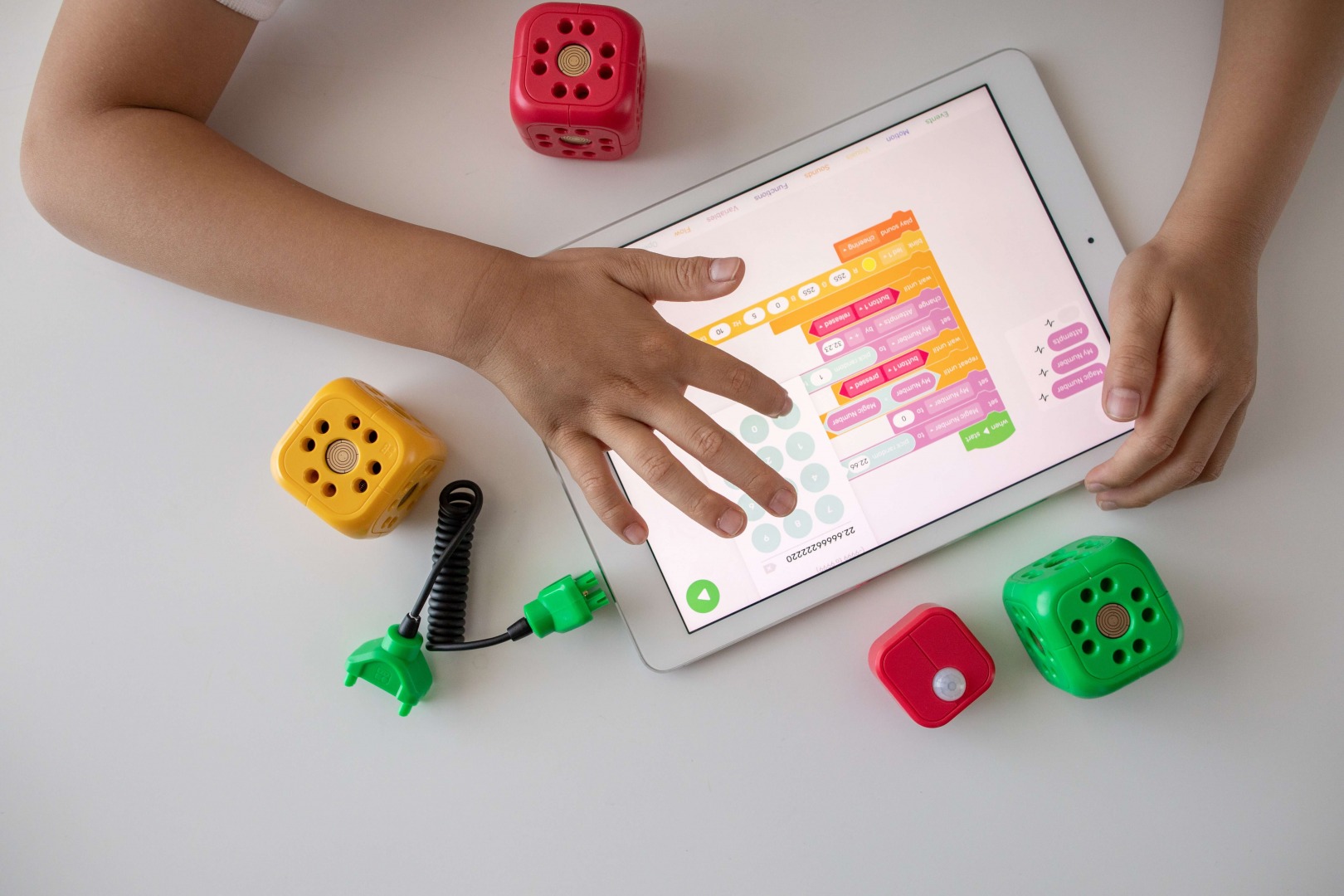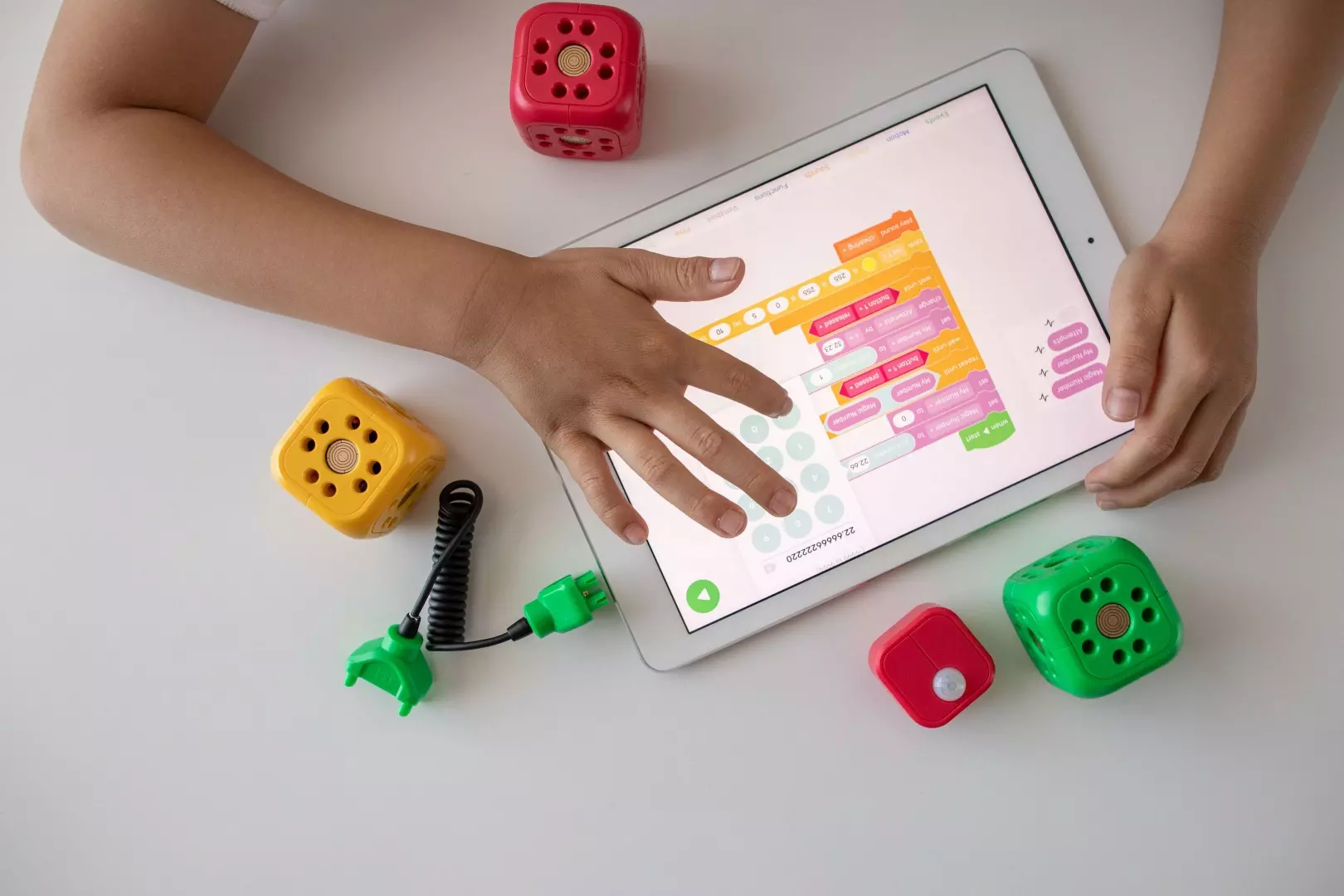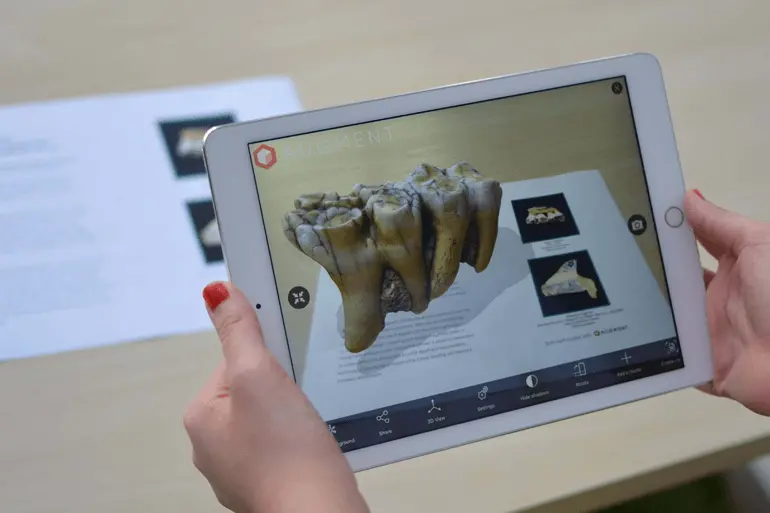Comments
- No comments found

A decade ago, most colleges’ administrations would gag if they heard a professor is using game elements and techniques to teach at their establishment.
And god forbid using any devices during the learning process, either. “Education is supposed to be a serious affair, not a game!”
Fast-forward to now: most colleges encourage their teaching staff to steer away from “medieval Oxford” techniques. And smart devices, along with online tools, have become a helper instead of a distraction in the classroom.
If you’re an educator who’s looking for inspiration or just someone who’s curious about how tech changes education for the better, this article is for you. Experts and gamification fans at the reliable paper writing service from WritePaper will break down 6 real-world examples of game-based education. And, spoiler alert: those are just the tip of the iceberg!

Gamification is one of those terms that you might vaguely understand without being able to define it. Does it mean using Minecraft for teaching? Or using XP points instead of grades?
The short answer is: yes, but that’s not all there is to it. Gamification isn’t just about using elements of video games in particular. It goes for using any games in the learning process, be it organizing Jeopardy instead of a quiz or inventing your own game.
Whether or not to use any apps or online tools is up to the educators; it’s not 100% necessary. However, many do. Why? Because these apps and tools facilitate the planning and execution whilemaking the process more engaging and fun for learners.

So, what turned the opinion on gamification? Why is it now encouraged at colleges instead of being shunned?
Long story short, it’s proven to be a more effective approach towards education than the traditional, one-sided, passive learning. That’s because gamification:

From the Ivy League universities to your nearest community college, all of them have passionate educators working hard to make learning fun. Here are 6 techniques and tools they use – and you can, too.
If you didn’t skip the first section of this article, you’ve probably noticed Minecraft getting casually thrown in as an example. That wasn’t hypothetical. There’s a whole Minecraft Education Edition designed for creating virtual classrooms within the game!
This edition has special features for collaboration in multiplayer mode and personalizing the game to match any class. It also comes with 600+ pre-made lessons across a range of subjects. You’re free to make your own ones if you don’t find a good fit, of course.
Minecraft is a perfect option for a class where a lot of students are already familiar with it. But it’s not the only option on the table.
You might’ve seen this piece of news: a teacher used Half-Life: Alyx for an online math lesson back in 2020. Talk about making math interesting, right?
There’s nothing more stressful for students than quizzes. To change their perspective and attitude on the much-dreaded part of the class, most educators embraced Kahoot!. This app is now the de-facto standard for interactive quizzing. (There’s also Quizizz, but it’s not as popular.)
This app has everything any student needs to forget that it’s a quiz: bright colors, points, and a competitive spirit. Plus, users can play one-on-one or in team mode.
But Kahoot! doesn’t just make quizzes entertaining. It helps remind students that any quiz is just a tool to assess their learning progress. Plus, Kahoot! can be used as an icebreaker activity or a survey tool.
Speaking of these two cornerstones of learning. Kahoot! isn’t the only way to promote them. For one, you can “borrow” the always-present element of any RPG game—guilds.
This is where Classcraft comes in as the best example. It’s a fantasy game with three guilds: warriors, mages, and healers. Students can choose either of them and then compete as teams and earn (or lose) points throughout the whole class.
If this doesn’t seem like something your students might like, here’s some good news: the possibilities are endless here. For example, you can use the Harry Potter universe as your theme and have Gryffindor, Hufflepuff, Slytherin, and Ravenclaw teams instead!
Back in the day, learning was supposed to be this linear path that every student must follow. The assignments were the same, the material was the same, the tests were the same. That, obviously, didn’t account for every student’s preferences or learning styles.
While every educator has a curriculum to tend to, now, they can make it more flexible to accommodate different learners’ needs. And this is where the “curriculum as a quest” idea comes in.
Every video game has the main (obligatory) quest and side (optional) quests, right? You can map out both of them for your students, giving them the freedom to choose some of their assignments. For example, some would prefer making a presentation about a new topic, while others would rather write an essay on it.
Grades are the cornerstone of formal education as it is, but some educators try to shift away from them.
Their argument? It’s supposed to be an assessment tool, not a reward or punishment. The end goal, according to them, should be to learn from mistakes, not penalize them – which is what grades now do.
Switching to XP points is a great method to move away from those troubling aspects of grading and focus on the assessment part. It removes the anxiety associated with the possibility of getting “bad” grades. Plus, accumulating XP points doesn’t sound as pressing or stressful working for “good” grades, right?
XP points are great and all, but sticking only to them is still akin to minimizing one person to a single number. They don’t give a lot of room to recognizing each person’s unique strengths and personal accomplishments.
Badges, whether they’re online or not, can help you with that. Plus, they often become those rewards that students will proactively work towards. And a positive feedback loop will keep them motivated to be productive.
As for how to create badges, Classcraft has in-built features for that. Alternatively, you can create designs in Canva or another graphic editor and print them out. Or, if you want to keep them digital-only, services like Badge List are ready to help you out. And there is not stopping if you want to develop your own world.

Of course, there used to be skeptics saying that gamification is just not going to stick. But they were proven wrong. It’s not a fling—it’s an industry-wide trend that only gains more and more traction with each year passing.
So, if you’ve ever tried to imagine the classroom of tomorrow, rest assured: games will be its integral part. The only intrigue is, what else will educators and software developers manage to gamify?
Leave your comments
Post comment as a guest